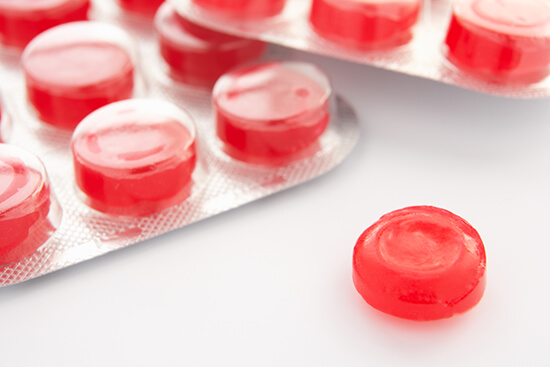It’s hard to get through a winter without suffering sore throat, but luckily they normally get better within a few days.
Sore throat is a common symptom of COVID and its newer variants. And of course, many sore throats are caused by viral colds or flu, so they can be treated at home.
The most common treatment is probably throat lozenges – but do they really work any better than sucking on a hard lolly?
Why does my throat hurt so much?
A sore throat can fall anywhere between slight discomfort to a sensation of “swallowing razor blades”. Occasionally it hurts so much to swallow that people dribble saliva from their mouths, rather than swallowing it.
Bacteria and viruses can invade the thin moist skin (mucosa) lining the throat. This kills many lining cells and triggers inflammation, which appears as redness, swelling and increased secretions.
Infections in the nose also cause thick mucus to travel down the back of the throat and cause further irritation. This is referred to as “post-nasal drip”. A blocked nose causes reliance on mouth breathing, which tends to dehydrate the already inflamed throat. Ouch.
What do lozenges do?
Lozenges are a solid medication intended to be dissolved or disintegrated slowly in the mouth. They consist of one or more active ingredients and are flavoured and sweetened to make them pleasant tasting. Hard lozenges are generally formed using sucrose or other sugars similar to the process for hard candy confections.
There are many active ingredients added to lozenges, including antiseptics; pain relievers; menthol and eucalyptus oil; cough suppressants such as dextromethorphan and soothing compounds. “Cough drops” and sore throat lozenges are almost identical but may contain different proportions of these ingredients.
Different brands of lozenges advertise a confusing choice of formulations. It is more common now to see brands with “triple action” ingredients that promise to be anaesthetic (to numb…

